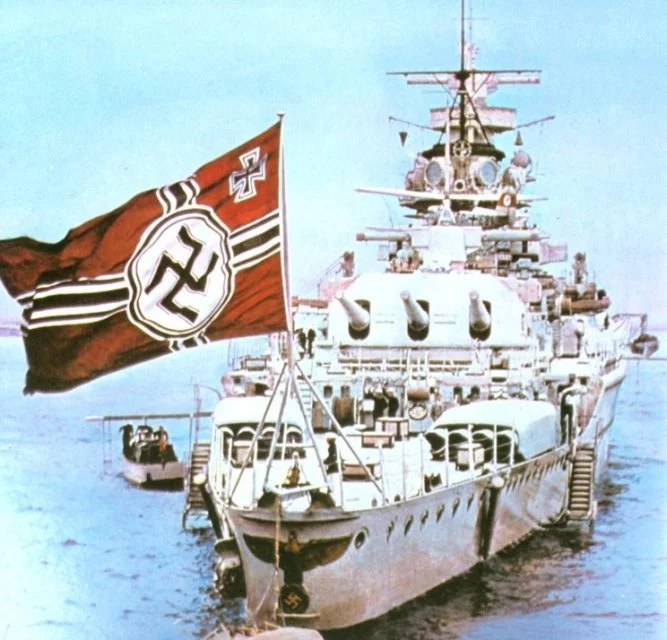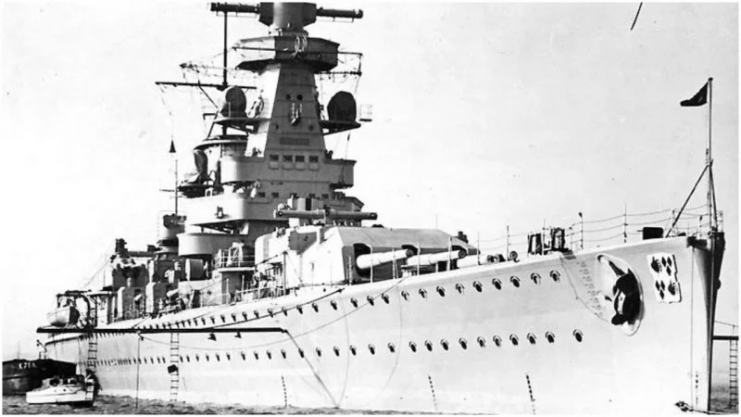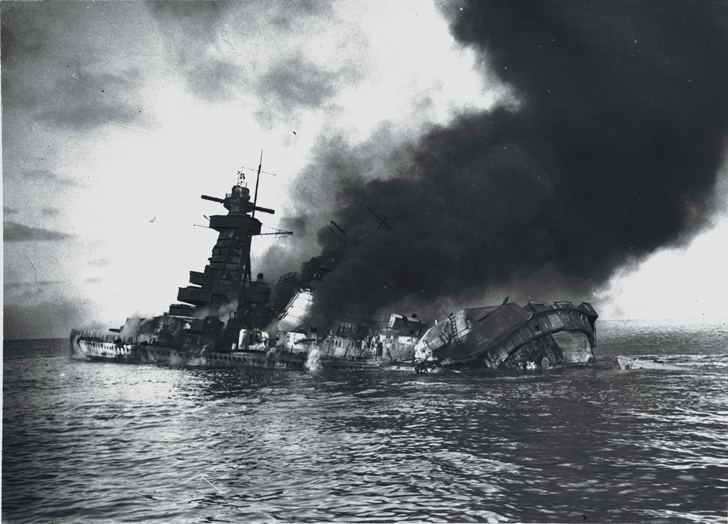In the first naval battle of World War II, the British navy was able to ‘sink the’ German pocket battleship Graf Spee. Fatally crippled by the British attack, the Germans scuttled the warship off the coast of the Uruguayan capital of Montevideo in 1939.
When it went down, it carried large bronze eagle perched on a swastika with it.
Salvagers retrieved the artifact in 2006. The government of Uruguay began a long legal battle to determine who could claim ownership of the eagle. In 2014, the Supreme Court in Uruguay ruled that if the artifact was ever sold, the proceeds should be split between the salvage company and the government.

Last year, another court ruled that the eagle should be sold at an auction. The eagle, which weighs between 350 and 400 kilograms, is currently sitting in a government warehouse while the legal battle plays out.
After this latest court ruling, the Simon Wiesenthal Center in Los Angeles is urging the Uruguayan government to place the artifact in a museum where it can serve as a warning to future generations.
They also noted that one prospective buyer intends to display the eagle in Qatar at the 2022 Fifa World Cup. The center warned the government against enabling the “sick trafficking” in Nazi memorabilia.

Dr. Shimon Samuels of the center released a statement in which he reminded the authorities in Uruguay that both the center and the German government have reached the conclusion that Nazi memorabilia must not be allowed to serve a market that consists of the extreme right and white supremacists.
Instead, the center prefers that such items be placed in museums or other educational institutions which serve to educate people about the horrors of the Holocaust or other genocides. Such institutions should be given preference in any auction that occurs, according to the statement.
The Graf Spee was commissioned in 1936. It exceeded the limitations placed on the German military by the Treaty of Versailles which Germany agreed to after surrendering at the end of World War I. It displaced well over 15,000 tons, was over 600 feet long and had 1100 crew members.

Its six 11-inch guns and additional 105mm, 37mm, and 20mm canons and eight torpedo tubes terrorized British merchant ships and cut Allied supply lines at the beginning of WWII making the British victory over it important not only from a tactical standpoint but also for British morale.
British Prime Minister Winston Churchill said that the battle was a “brilliant sea fight [which] warmed the cockles of the British heart.”
When salvage crews first raised the eagle artifact from the Graf Spee’s wreckage, they covered it with a cloth to transport it in order to avoid offending anyone who might see it.
Still Uruguay hoped to make the Nazi symbol a tourist attraction and briefly placed it on display in the capital until the German embassy registered a complaint and asked the authorities to stop displaying Nazi paraphenalia.
Another Article From Us: Now You Can Hire USS Cobia a WW2 Sub For a Night
It is illegal in Germany to display the Nazi swastika or SS logo other than for educational or artistic purposes. Other countries have their own laws concerning the display of such symbols.
